
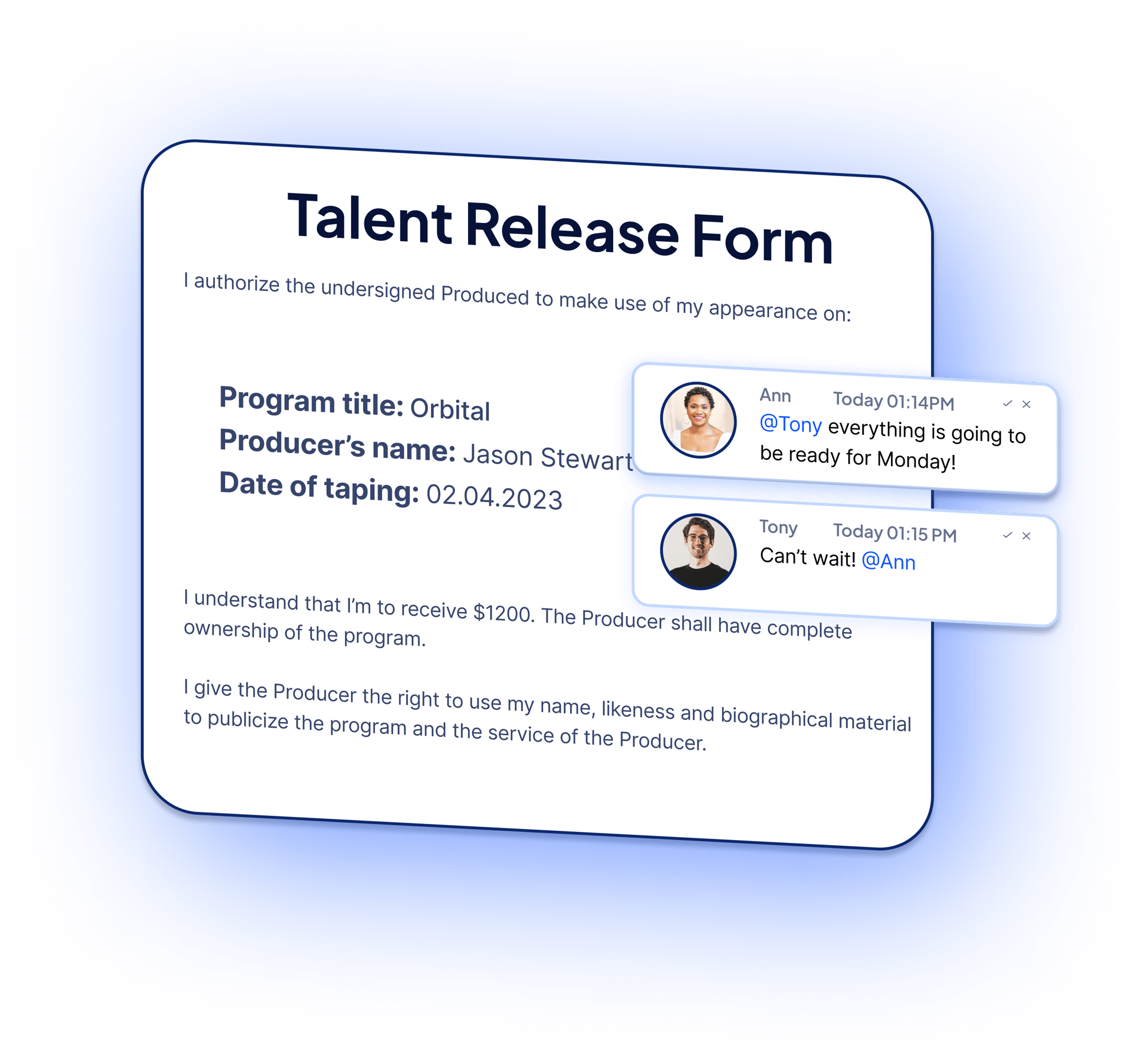
Trusted by




Fast, flexible, scalable contract management
Harbour scales your workflows before, during, and after contracts are signed.
Streamline and standardize
Speed up pre-signing workflows from creation through negotiation. Harbour works seamlessly with Word and Google docs to get your agreements ready for signature.
- Redlining and negotiation
- Automated version control
- Progress dashboard
- Intake forms
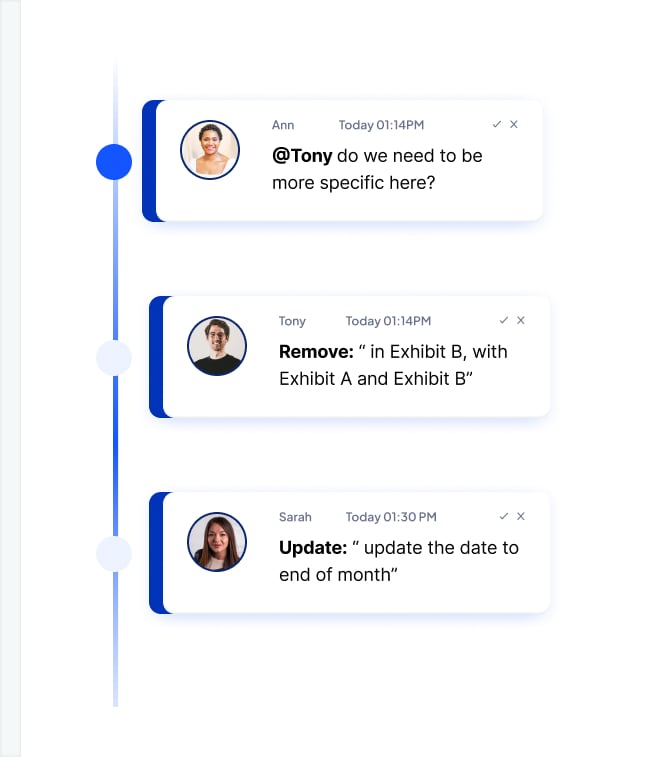
Track and sign
Unmatched control, flexibility, customization, and speed, Harbour streamlines the process of finalizing agreements at scale.
- Bulk send - one link to many recipients
- Fast and flexible templates
- E-sign + In-person signing
- Track contracts in real-time
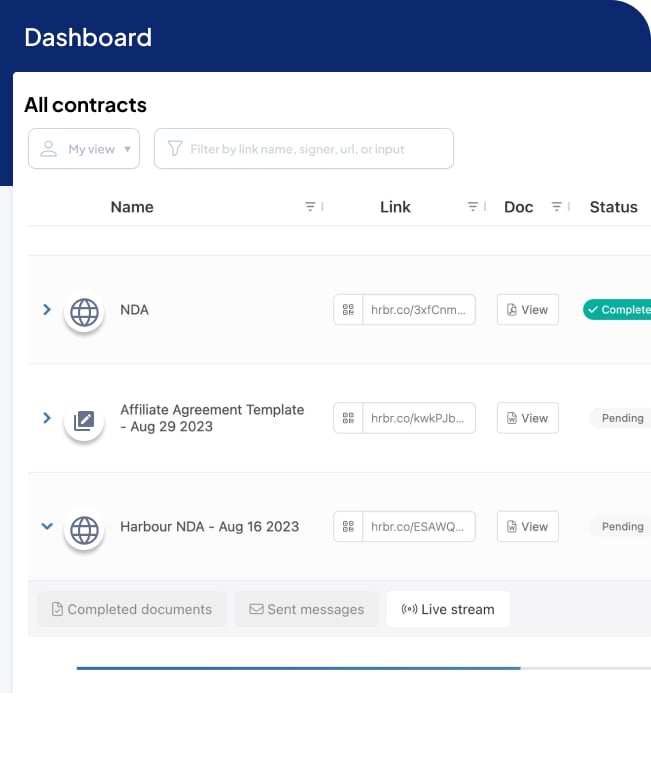
Automate and integrate
Unlock your opportunities with powerful integrations, extractions, and information about your agreements.
- AI-powered contract search
- Custom contract reports
- No-code integrations
- Powerful API
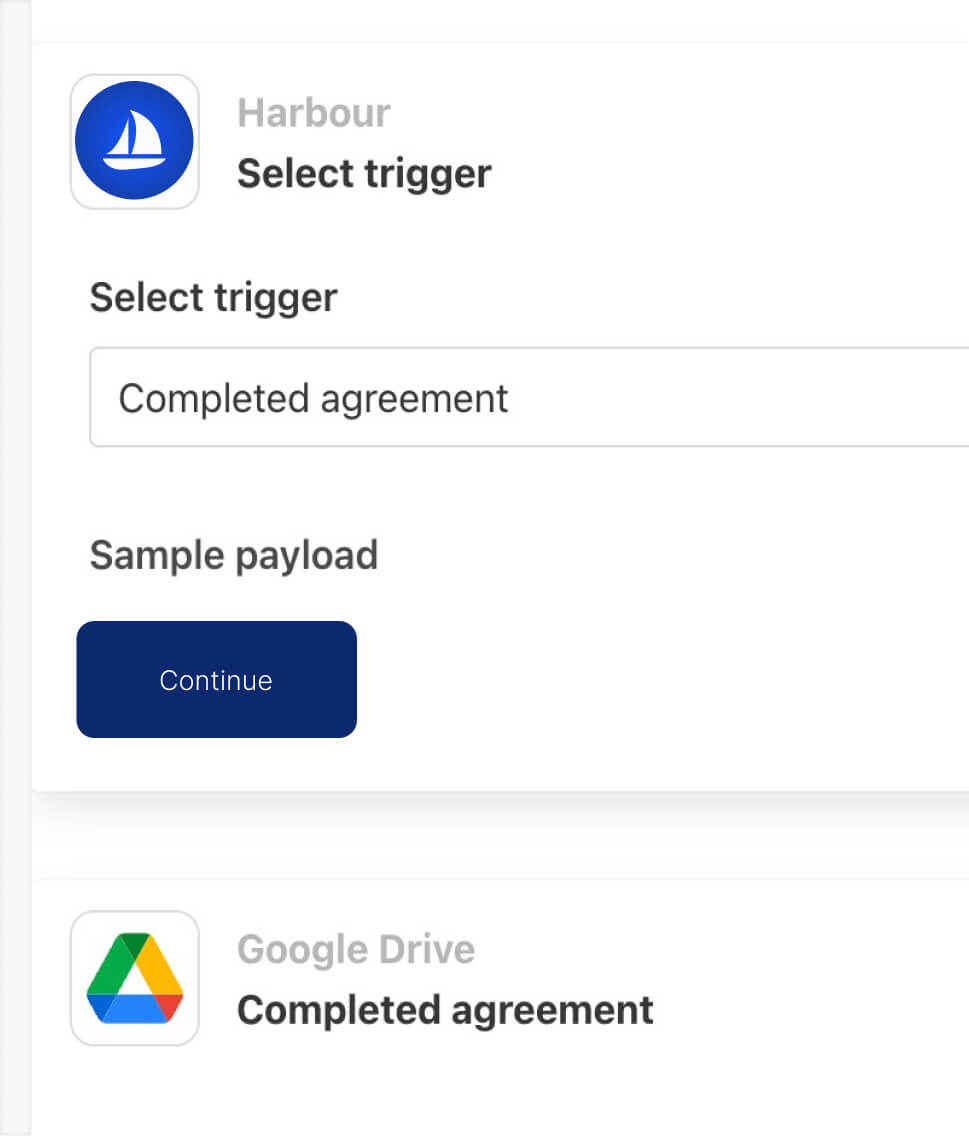
Integrations for every workflow
Over 5,000+ prebuilt integrations.
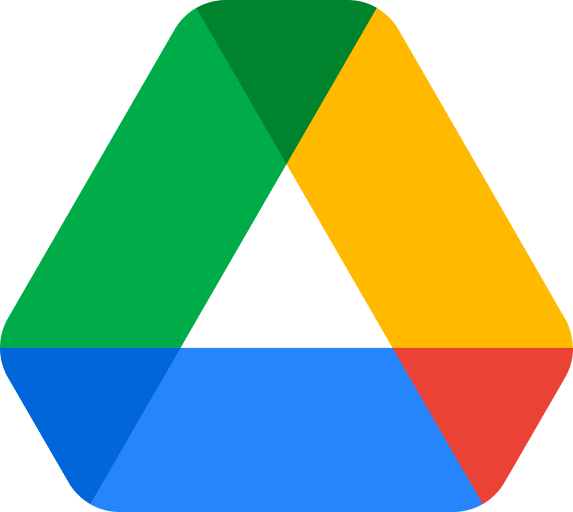
Google Drive
Automatically file completed agreements in specified Google Drive folders.
Slack
Notify a Slack channel when agreements are viewed and signed, with direct links to Harbour.
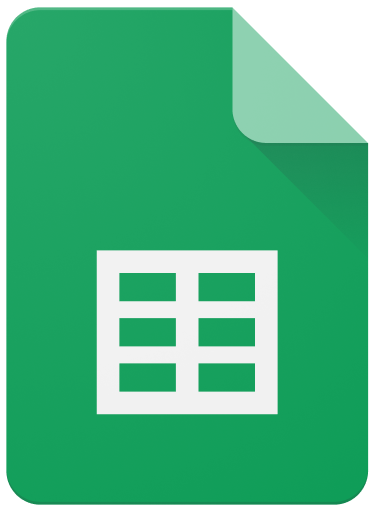
Google Sheets
Update a spreadsheet with all requested data fields each time a document is completed.
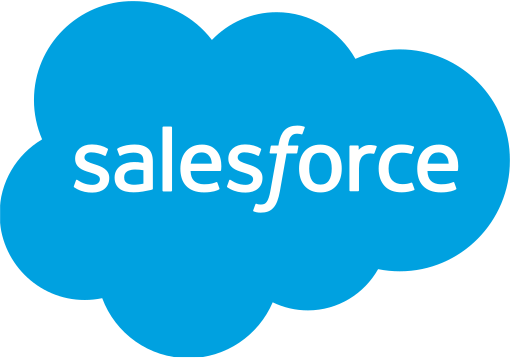
Salesforce
Create agreements from within Customer 360. Automatically update records as agreements are signed.
The fastest and easiest way to sign documents is here.
Start for free today or reach out to learn more.
Learn how our customers use Harbour today
Harbour’s seamless integration with Superjacket’s KlipDB system has streamlined the contract process, enabling ThrillOne to meet the high demands of quickly licensing content at scale.
.png?width=2000&height=1500&name=Group%20427321728%20(1).png)
